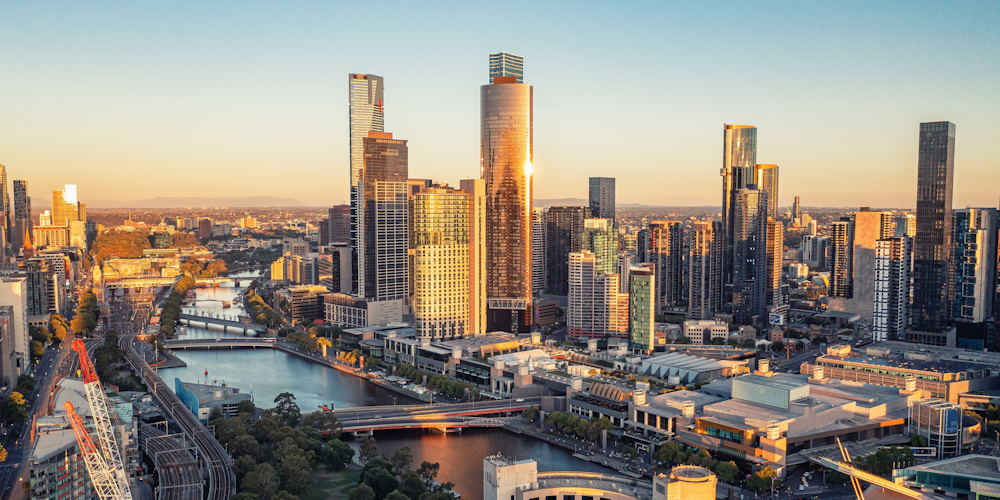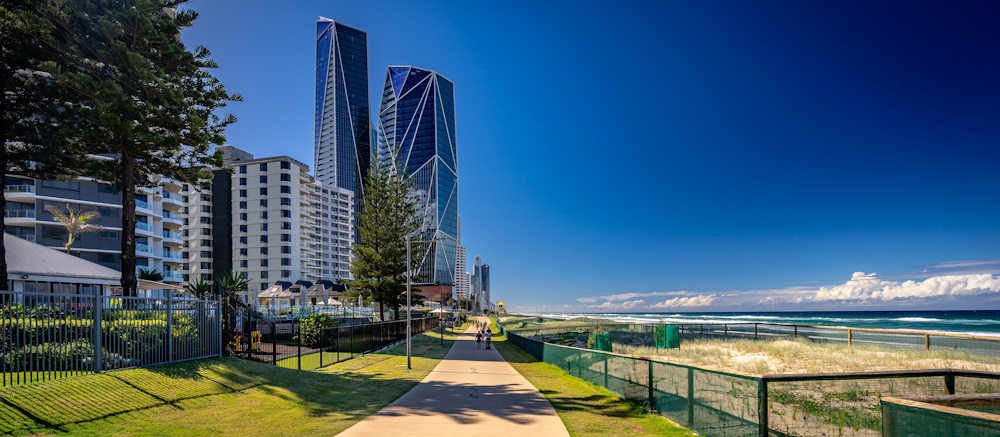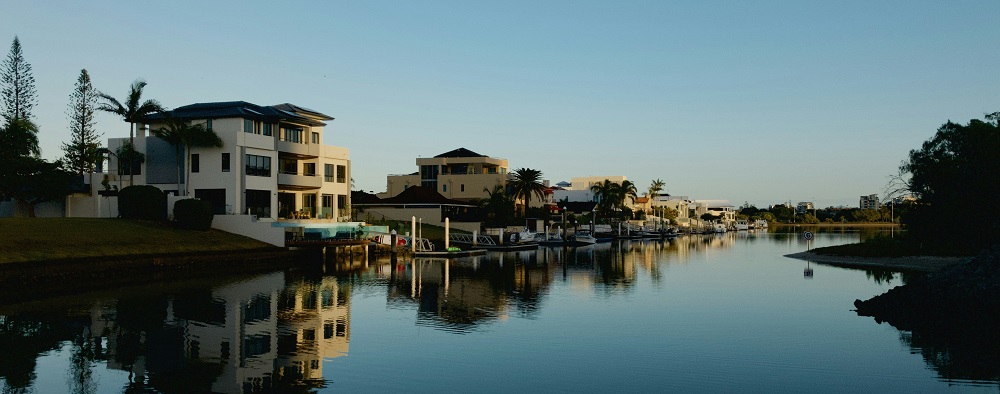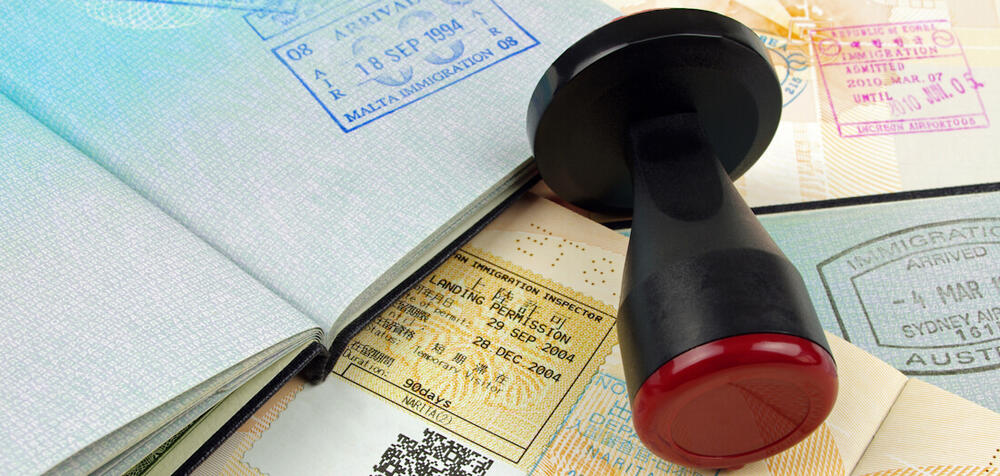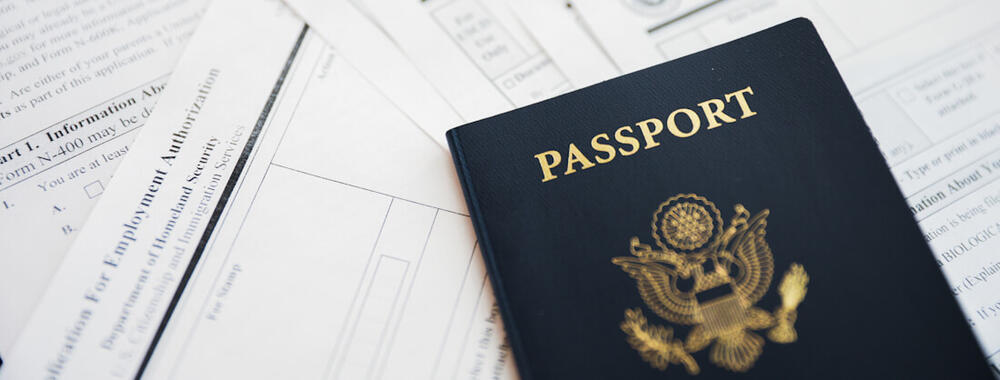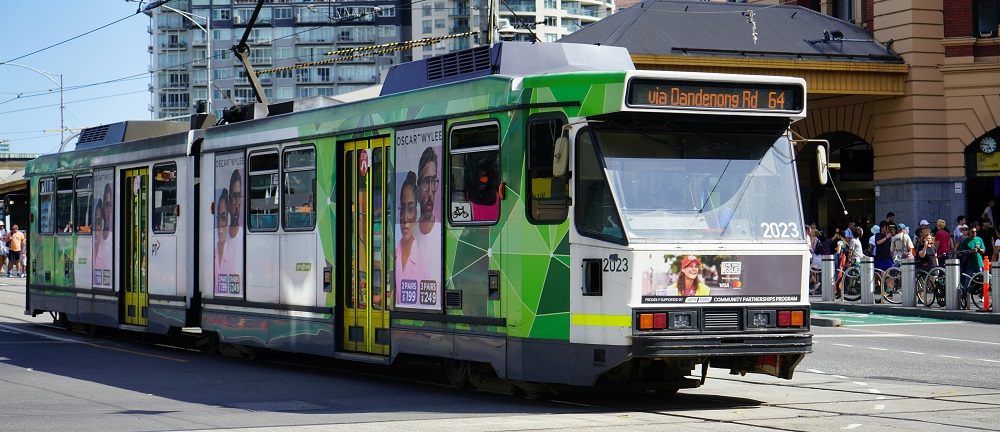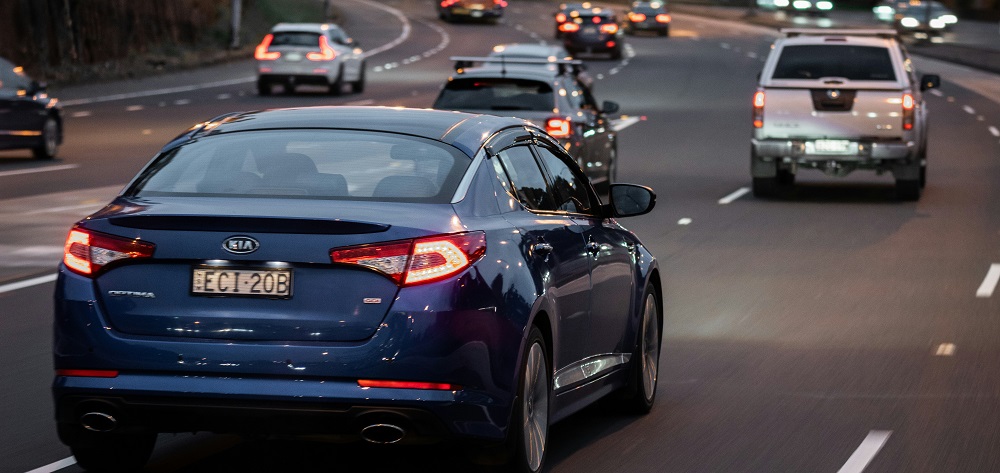Known for its gorgeous natural landscapes and diverse wildlife, Australia has continued attracting expats worldwide, creating a melting pot of cultures. An integral part of the country’s society, diversity and inclusion in Australia is continuously improving, with the government prioritising accessibility and cultural integration.
Accessibility in Australia
Australia’s commitment to inclusivity is evident in its rights for people with disabilities to access public places, enshrined in the Disability Discrimination Act (DDA) of 1992. The Act guarantees disabled access to the majority of public venues. For the one in six Australians over 15 with disabilities, ensuring accessible transport is paramount. Introduced in 2002, the Disability Standards for Accessible Public Transport require providers to offer accessible services.
The standards undergo reviews every five years to ensure they stay relevant. Feedback from caregivers, transport providers, state governments and individuals with disabilities plays a crucial role in these assessments, with the recent 2022 review aiming to refine and adapt to contemporary needs. While substantial progress has been made, challenges such as unclear signage and inaccessible timetables persist.
Victoria and Queensland have made notable strides, offering specific travel passes like Victoria’s Access Travel Pass and Queensland’s TransLink Access Pass, reflecting an ambition to cultivate a fully inclusive transport system. Although more improvements are necessary, most trains and stations in Melbourne are wheelchair accessible. Victoria also offers wheelchair-accessible taxis, disabled parking and varied free travel passes, highlighting its commitment to inclusivity.
Lastly, the Mobility Allowance by Services Australia epitomises efforts to bridge the accessibility gap. This financial support targets those unable to use public transport due to specific challenges. It not only aids with commuting for work, studying, or job-seeking but also underscores Australia’s unwavering dedication to ensuring that every resident, regardless of their physical challenges, can actively participate in society.
Further reading
LGBTQ+ in Australia
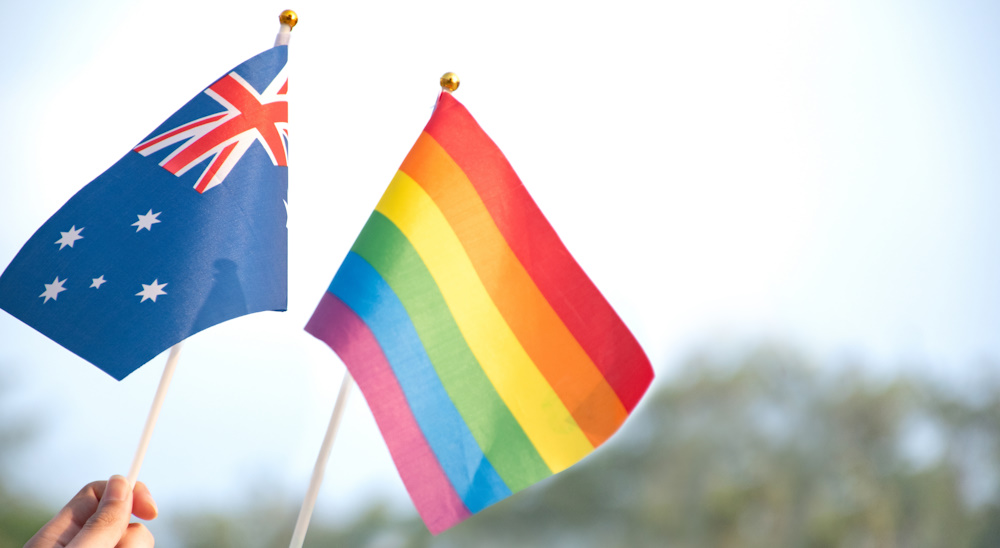
Australia’s relationship with the LGBTQ+ community has a multifaceted history. In the 18th century, Australia had deep-rooted homophobia, and those convicted of male homosexual activity were cruelly punished. As the years turned, so did the country’s attitude. By the late 19th century, a male gay subculture had emerged, especially in Sydney, comparable to that in London.
By the mid-1960s, a burgeoning LGBTQ+ community became more vocal, and the 1970s heralded an era of transformation, with advocacy groups like CAMP Inc. catalysing significant change, making ‘coming out’ not just personal but a potent political statement.
Legal milestones soon followed, culminating in the decriminalisation of homosexual activity with the Human Rights (Sexual Conduct) Act of 1994. This journey culminated in the 2017 legalisation of same-sex marriage. Nevertheless, there are some nuances. Most Australian states recognise non-binary genders, but some, like New South Wales, don’t. Discrimination protections exist, but religious institutions hold some exemptions. Furthermore, conversion therapy’s legal status remains a patchwork, with only certain regions enacting bans.
Today, Australia is celebrated as a beacon of LGBTQ+ acceptance. Cities like Sydney host the globally renowned Mardi Gras festival, while even smaller towns like Daylesford (or ‘Gaylesford’, as it’s affectionately referred to) offer hospitable havens. Despite pockets of conservatism, Australia’s overarching message is clear: it is a land where the LGBTQ+ community can largely embrace their true selves.
Further reading
Gender equality in Australia
In the past few decades, Australia has made commendable progress towards gender equality, from women ascending to prominent roles in academia, politics, and business sectors to impactful policies ensuring fairness and equity. Notable milestones include the 1984 Sex Discrimination Act, which outlawed gender-based discrimination and harassment. Established in 1994, the Office of the Status of Women ensures that the government receives data-driven advice on women’s rights.
By 2006, Australia ranked 15th globally for gender equality. Another monumental move was the launch of the National Plan to Reduce Violence Against Women and Their Children 2010–2022. Australia’s efforts to champion gender equality are evident in measures such as setting recruitment and promotion targets for women in organisations, ensuring equal pay for the same job roles, and actively promoting gender equality through various strategies.
This is concurrent with evolving cultural perceptions and societal norms. With more women venturing into traditionally male-dominated arenas, changing gender roles are challenging age-old gender norms and stereotypes. A heightened awareness of gender disparities, aided by education and media, is fostering a societal shift towards greater equality.
However, sexual harassment and gender violence persist, affecting women’s safety in workplaces, educational institutions, public spaces and homes. Despite a solid start to the millennium, Australia now ranks 43rd internationally for gender equality, indicating room for improvement.
With an 11.5 percent gender pay gap, women, making up 47 percent of the workforce, earn significantly less than men. Women’s representation in leadership roles is also limited, and they often face reduced job opportunities due to familial and caregiving commitments.
Further reading
Women in leadership in Australia
In Australia, women’s representation in leadership roles remains an area of disparity across multiple sectors. In politics, women represent 45 percent of State and Territory Parliaments but only 39 percent in the Australian Parliament. While they account for a majority (53 percent) of senior executive positions in the Australian Public Service, the business sector presents a different story.
Data from the Workplace Gender Equality Agency highlights that women occupy only 19 percent of ASX-listed company CEO positions and 14 percent of chair positions. Despite a slight rise in female CEOs among Australia’s top 200 companies, overall women’s leadership representation in Australia often lags, with some areas regressing. Organisationally, limited mentorship opportunities, a lack of flexibility and the gender pay gap hinder progress.
Australia has launched several initiatives to bolster women’s ascent to leadership positions. The Public Service Academy’s Women in Leadership Programme targets aspiring female executives. The Victorian Government’s Women’s Leadership Programmes cater to women and gender-diverse individuals, focusing on honing their leadership skills. Organisations such as Women & Leadership Australia and the Australia Awards Women’s Leadership Initiative also actively promote women’s leadership.
Further reading
Mental health awareness in Australia

Mental health is an integral facet of the overall well-being of Australians and expats. Recent statistics paint a concerning picture: each year, approximately one in five individuals between the ages of 16 and 85 grapple with a mental health disorder. This number is particularly alarming considering the spike in psychological distress levels from 2001 to 2018, with women bearing the brunt. Since then, the Covid-19 pandemic and lockdowns have further exacerbated mental health challenges.
While Australia’s federal and state governments have amped up their mental health services funding by 50 percent in the two decades leading to the Covid-19 outbreak, the pandemic has compelled a more profound introspection into the mental health consequences and the existing gaps in research and understanding surrounding the issue.
Australia initiated multiple programmes to boost mental health awareness and combat stigma. The government’s Better Access initiative ensures Medicare rebates for mental health, and there are collaborations like those between the Mental Health Commission of Australia and various mental health organisations that aim to raise awareness.
Further reading
Unconscious bias education in Australia
Unconscious biases, stemming from subconscious perceptions about different groups, impact diverse aspects of Australian society, especially regarding race, ethnicity, gender identity, sexual orientation and physical ability. Such biases can infiltrate personal and professional environments, inadvertently shaping interactions.
In Australia, these unintentional biases can hinder diversity and inclusion, sometimes culminating in the underrepresentation of specific demographics across various fields. An evident repercussion of this is seen in the recruitment process and promotional decisions, often resulting in a homogeneous leadership rather than a diverse one.
Many initiatives, campaigns, and programmes consistently work towards educating individuals and organisations on understanding and mitigating these biases. Notable examples include initiatives by Diversity Australia, the Australian Red Cross, and the Government of Western Australia.
The outcomes of such conscious efforts are manifold. Engaging in unconscious bias training is not only ethically correct – it has quantifiable benefits. It paves the way for enhanced workplace diversification and fosters improved decision-making. The result is a more inclusive, diverse and productive workplace that thrives on varied perspectives. Australia’s continued dedication to such initiatives is a beacon of hope for a future marked by genuine inclusivity.
Further reading
Diversification of the workforce in Australia
Australia’s diverse population has been shaped significantly by immigration, bringing various cultures and expertise. Unfortunately, this diversity hasn’t always been mirrored in the workforce. Recent endeavours aim to redress this imbalance, working towards a more inclusive employment landscape. According to the Australian Bureau of Statistics, women comprise 51 percent of the workforce, and 9 percent identify with one or more disabilities. Although the representation of women in senior leadership roles has seen an uptick, areas like Indigenous representation and representation of people with disabilities need more focus.
Sectors like the Australian Public Service have made commendable strides, especially in embracing employees from non-English speaking backgrounds, people with disabilities and Aboriginal and Torres Strait Islander peoples. Industries like mining and construction still have ground to cover. Globalisation and immigration bring diverse skills to the local talent pool, but realising this potential demands addressing unconscious bias and increasing leadership diversity.
A diverse workforce offers extensive benefits. Businesses see enhanced creativity and innovation, and diverse experiences offer varied solutions, boosting company adaptability. A mixed team can also improve productivity, with each member contributing unique skills, and diverse groups improve decision-making by approaching problems from various perspectives.
While globalisation and immigration continue to diversify Australia’s populace, efforts to leverage this in the workforce must be more concerted, tackling challenges head-on and persistently pushing for genuine diversity and inclusion.
Further reading
Safety in Australia
Australia is often considered a safe destination, underpinned by its stable political system and comparatively low crime rate. Various factors contribute to this reputation: robust law enforcement, an involved community and a sound political system work in tandem to uphold the country’s security.
That said, Australia’s vast and diverse landscape has challenges. The continent is susceptible to various natural disasters, from bushfires and cyclones to floods and prolonged droughts. The country’s response mechanism to these calamities is a testament to its resilience, with government agencies, emergency services, and community organisations pulling together to issue timely warnings, chalk out evacuation plans and offer support during crises.
The government’s numerous policies, regulations and programmes are at the helm of safety in Australia. These span diverse sectors, such as workplace safety, road transport, and disaster management. A notable example is the National Safety and Quality Health Service Standards, ensuring that healthcare services are of top-tier quality and safety.
Further reading
Calendar initiatives in Australia
21 March – Harmony Day
26 May – National Sorry Day
27 May to 3 June – National Reconciliation Week
8 March – International Women’s Day
17 March – Close the Gap Day
June – Pride Month
2 October – International Day of Non-Violence
10 October – World Mental Health Day
14 November – World Diabetes Day
1 December – World AIDS Day
3 December – International Day of People with Disability




